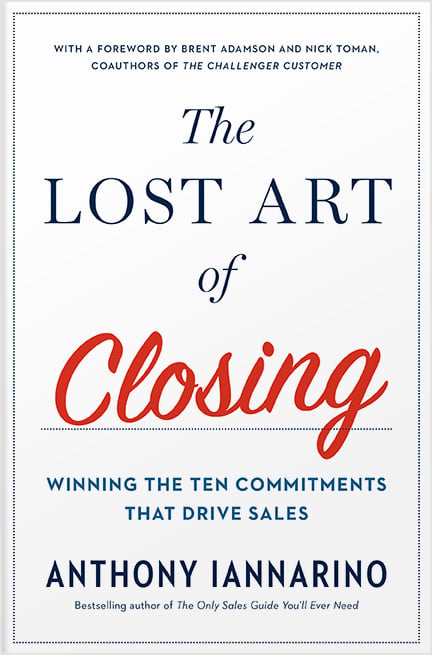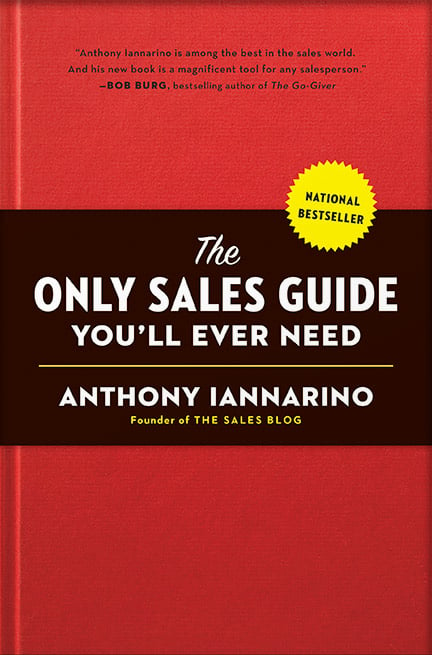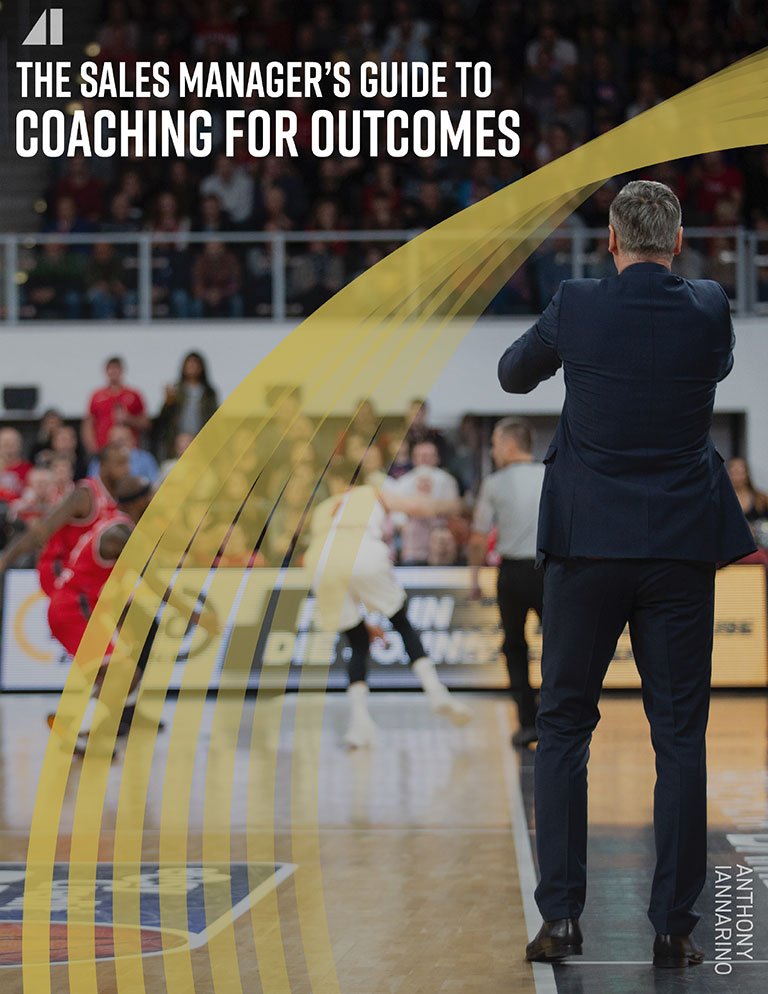The Gist:
- Your clients measure your performance by the value of the conversations they have with you.
- Your intentions can spoil the outcomes you hope for by preventing the conversation from being valuable to your contacts.
- Focusing on the conversations that your clients find most valuable for their goals is the key to creating a preference to buy from you.
The first thing you need to do is to create value for your prospective client. Everything you want—money, fame, ticker-tape parades around the water cooler—is on the other side of value creation. Many salespeople, though, launch the sales conversation with a firm intention to secure a signed contract and an agreement to install their “solution.” Those intentions are in direct conflict with the prospective client’s needs, especially early in the conversation, so they often lead to lost opportunities. But they’re not the only threat out there.


Too Little Value
When your client engages with you, it is because they are trying to improve their results, not because they want to buy your solution. They may or may not have started to explore ideas or partners, and they’ve probably already started to make some early decisions. In early conversations, your intentions must focus on creating value for your contacts.
The reason clients avoid booking a second meeting, whether by ghosting you or just politely asking that you call them next week to schedule, is because you didn’t create enough value in the first conversation. Once you waste a client’s time, they are reticent to agree to another hour of time-wasting.
Slow is fast and fast is slow when it comes to the outcomes you are pursuing in sales. When you are too committed to your end goal, you will not create enough value for your contacts. Too little value means your client gains nothing of substance through the conversation. Rackham put it this way: “Would your client be willing to pay for that meeting?” That’s as good a test as you’ll ever need.
Too Committed to Identifying a Problem
For a very long time, salespeople were taught that doing discovery means identifying a problem. Once you discover the problem, you open up the opportunity to insert your solution, solving the problem. QED. But let’s assume your prospective client is well aware of their situation. What value did you create by identifying an issue that is already known to your contact?
To create value for that client, you would have to do something more. For example, you could explain the root causes of that problem or provide the context that would allow your client to better understand their decision and determine how best to solve their problem.


Too Great an Intention to Provide a Solution
If you believe your job is to sell a solution, you can have too great an intention to push it on your client. Your client, however, isn’t trying to buy a solution in early conversations. Instead, they are interested in improving some result or obtaining a new outcome they need to be successful.
Even though your solution might be a great fit for them, they have other needs that come before deciding to buy a solution. The faster you identify the problem and share your solution, the more certain you have created little to no value for your prospective client.
Too Focused on Answering “Why Us”
When you hear the phrase “people hate to be sold, but they love buying,” chalk it up to certain salespeople’s propensity to try to answer “why us” very early in the conversation. Listen up: any presentation designed to directly create an outcome that is beneficial to you while creating no value for your contact creates negative value—and the recoil will often push you right out the office door.
Any approach that screams “buy from me and my company” isn’t one that your client finds helpful to the goals and outcomes they are pursuing. By prioritizing your desired results over your prospective client’s outcomes, you broadcast that their needs matter far less than their money.
Too Far in Front of Your Prospective Client
One reason you might struggle to create value for your prospective clients is that you are too far out in front of them in the conversation. You may have a deep understanding of all the reasons your client is having trouble with some result that used to be easy for them. You may know the right approach to turning their results around, and you probably figured it out three minutes into your contact’s explanation. With a signature on a contract, you are confident that you can put your client in a better position.
Your client, however, doesn’t share your deep understanding of the nature of their challenges. They also do not know what they might need to do, how best to decide what they should do, and who would make a good partner. So pull a U-turn, go pick your contacts up, and help them learn what you already know.


Too Concerned with Advancing the Conversation
As someone who wrote a book about asking for the commitments that move deals forward, I definitely understand the desire to advance the sales conversation. But prioritizing future steps over present value can leave you just going through the motions. Instead, you should be so focused on creating so much value that your client asks you, “what’s next?”
The way you secure the next meeting is by performing well in the current meeting. Racing towards the finish line doesn’t generally change the speed of a deal, unless you count stopping it in its tracks. What does help, however, is working through the necessary conversations to give your client greater confidence in the process, as well as the certainty that they can and will succeed with your help.
Too Afraid of Losing a Deal
Trying not to lose is not the same as trying to win. Unfortunately, a great many salespeople play something like “Prevent Offense,” trying desperately to boost their company and their solution. Those two conversations create no value for their prospective clients, and therefore score no points whatsoever.
Trust the process: the salesperson who creates the most value for the client as they pursue their goals will create a preference to buy from them. This tends to be true even if their company isn’t as large as the competitor’s, and even when the competitors have a better solution on paper.
Do Good Work:
- Ensure that every interaction with your contacts is one they find valuable.
- Eliminate any conversations that don’t create value for your contacts based on where they are in their buyer’s journey.
- Position yourself as the person who provides the most value as it pertains to the decision your client is considering and the results they are pursuing.

Get the Free eBook!
The Sales Manager's Guide to Coaching Outcomes
The success of the team depends on the coach's ability to bring the players together, teach, and lead. Invest time in improving your leadership with this eBook.
Download Now







.jpg?width=768&height=994&name=salescall-planner-ebook-v3-1-cover%20(1).jpg)



Comments